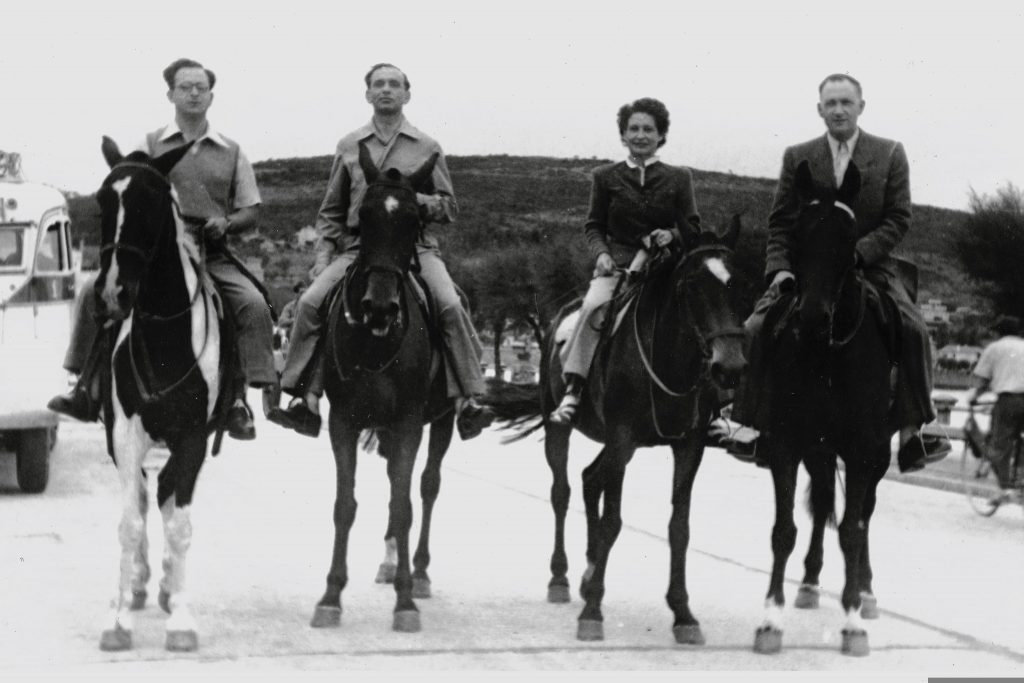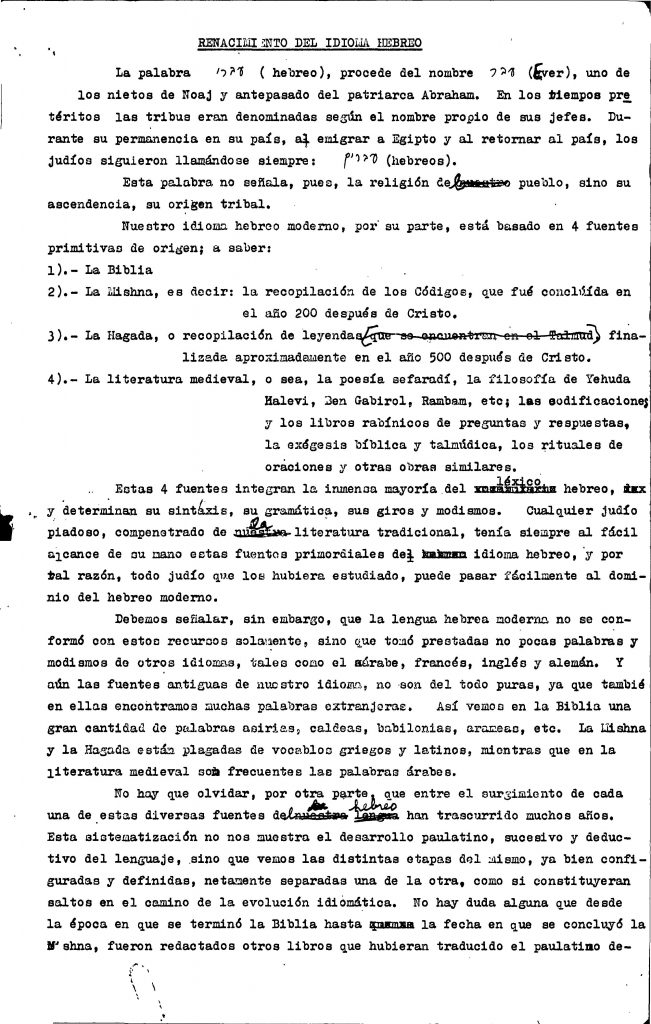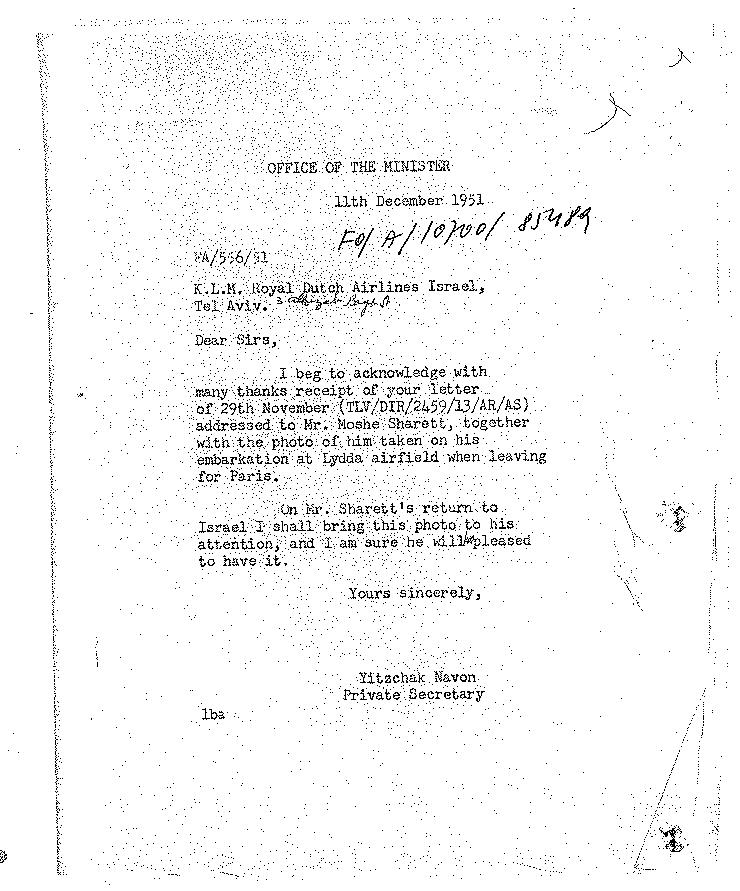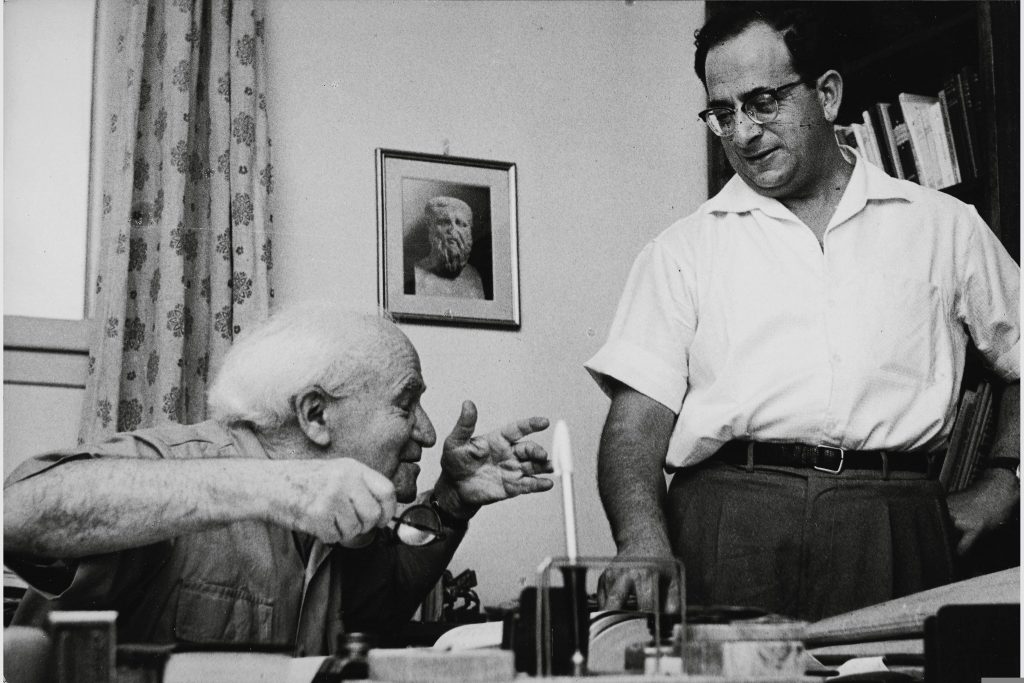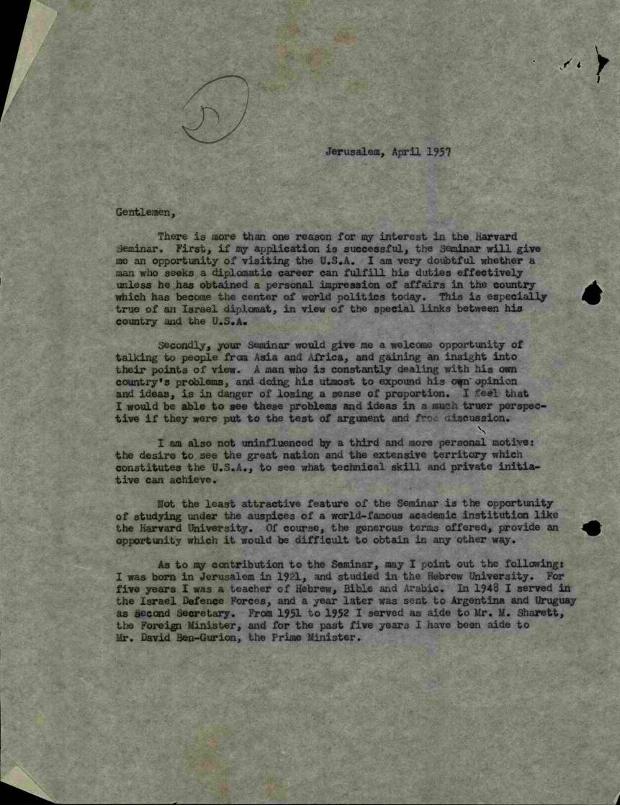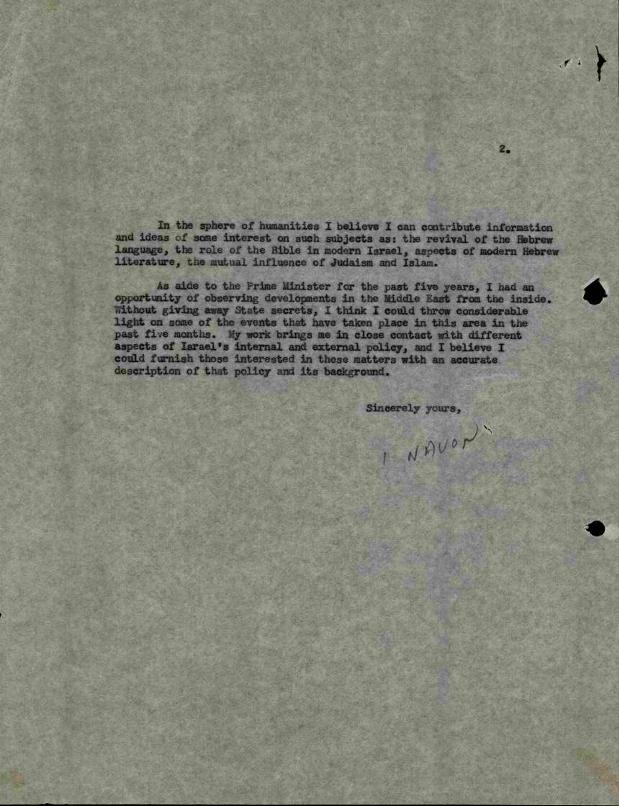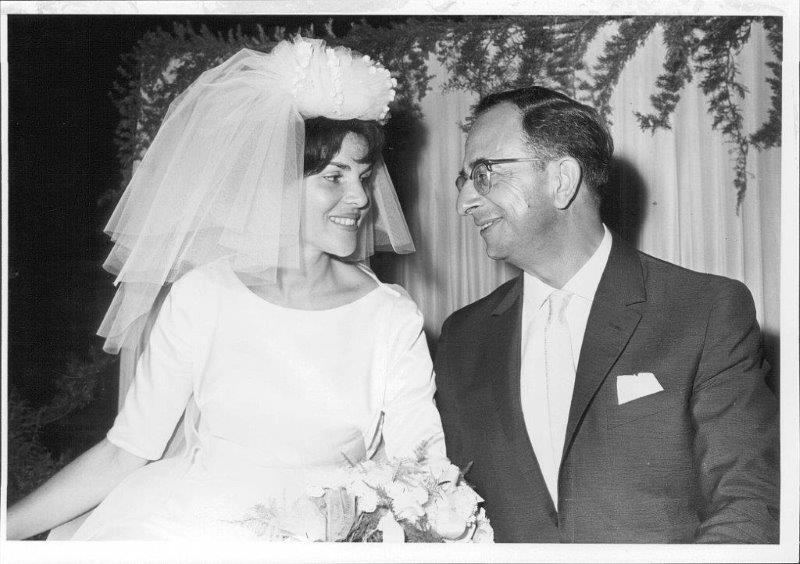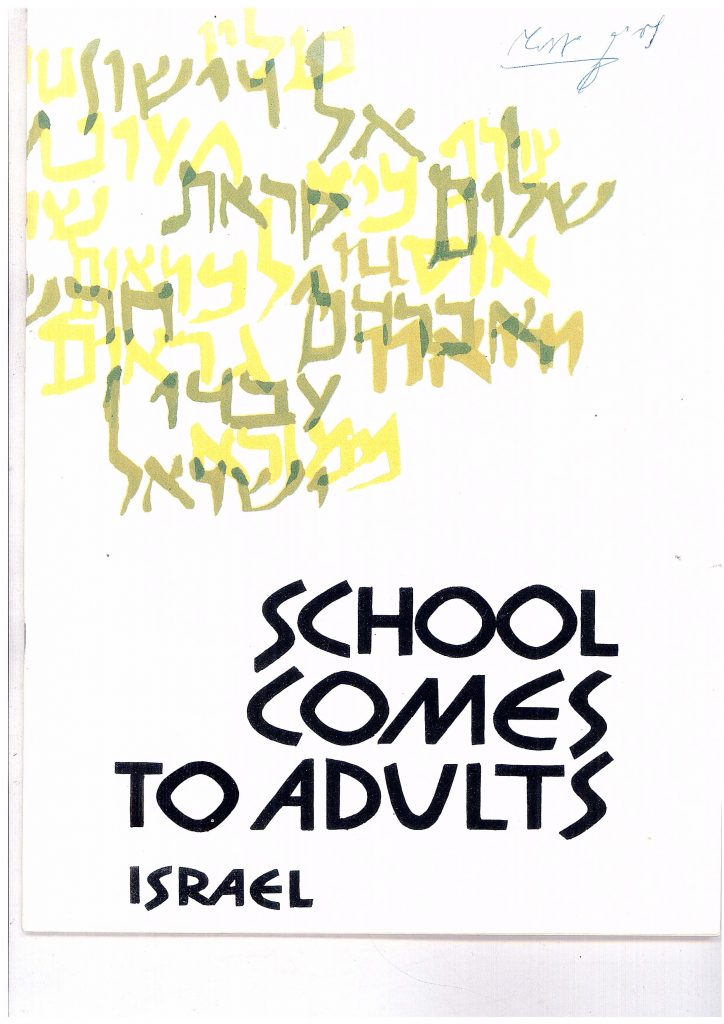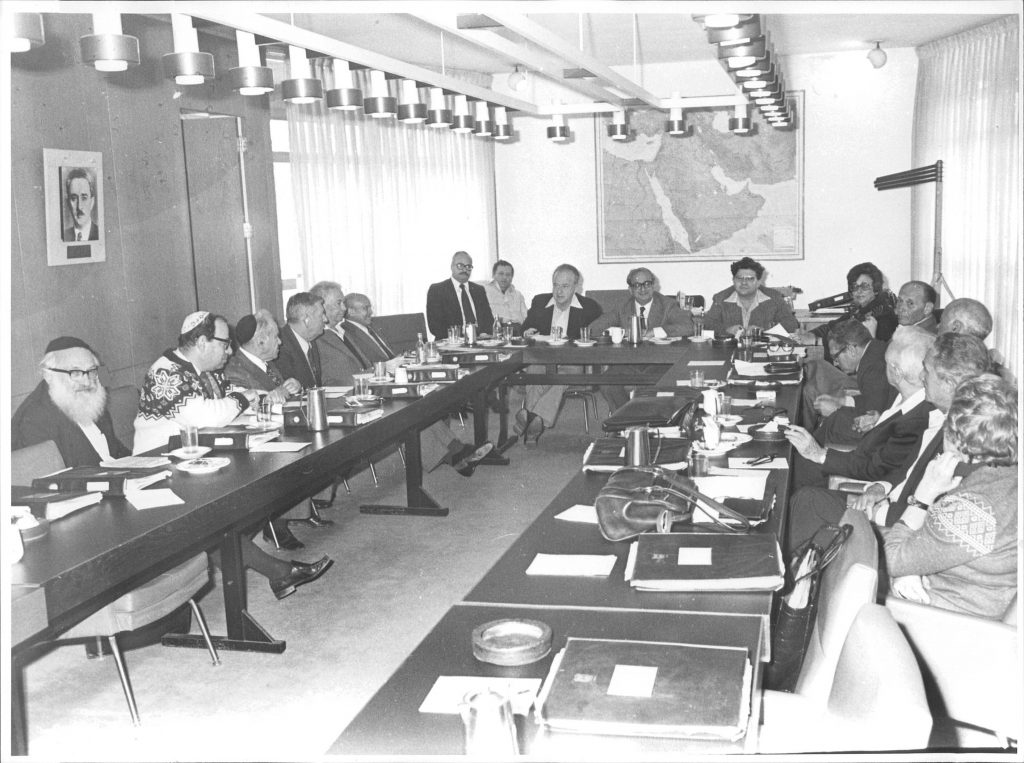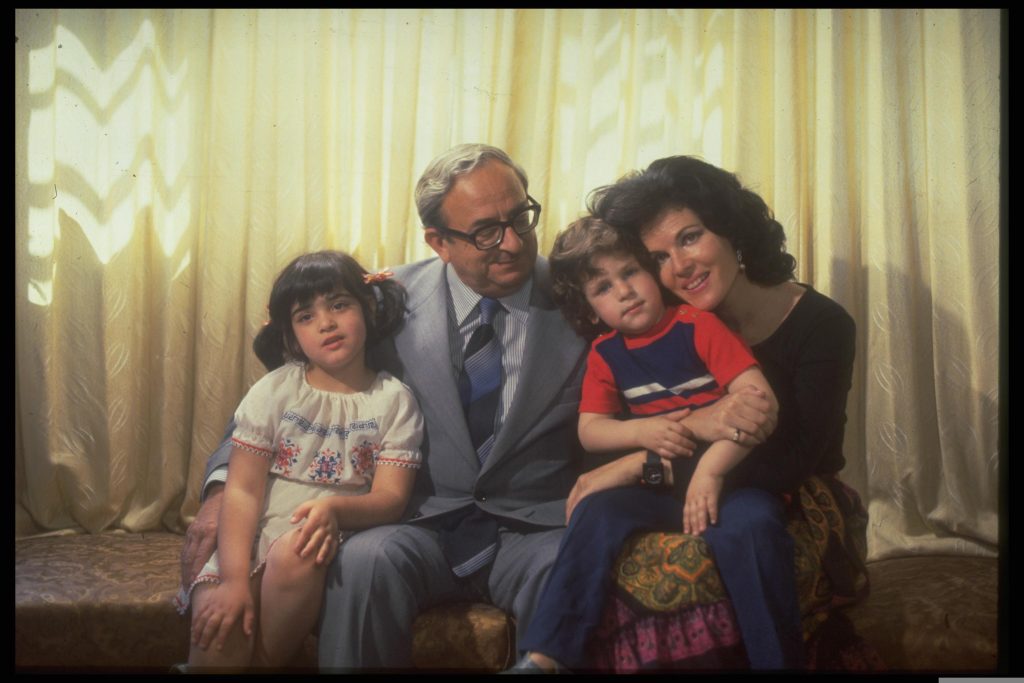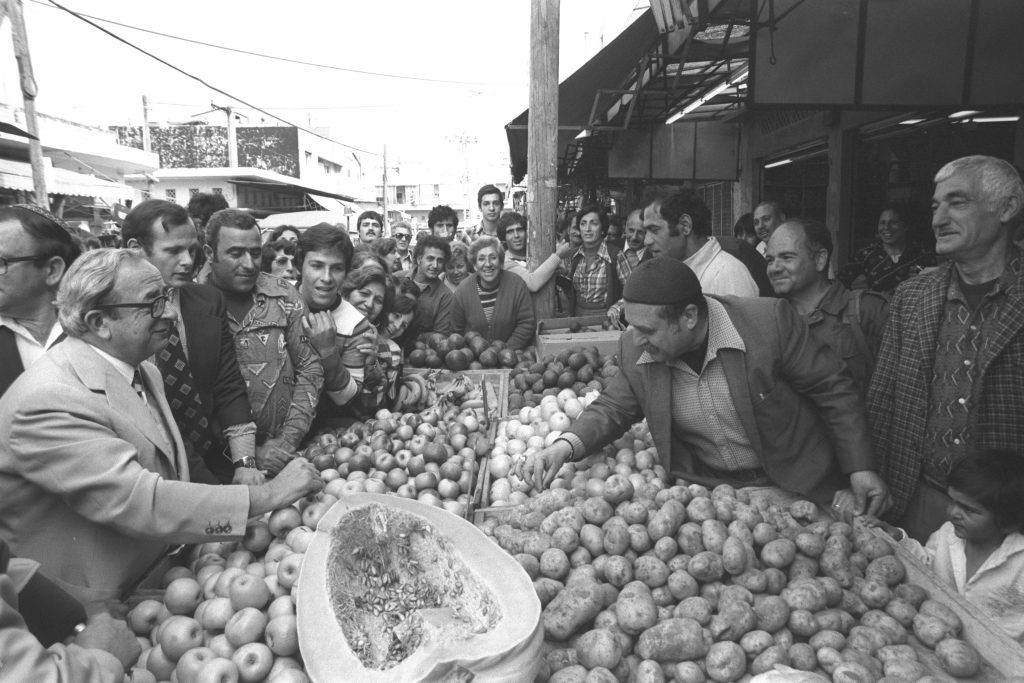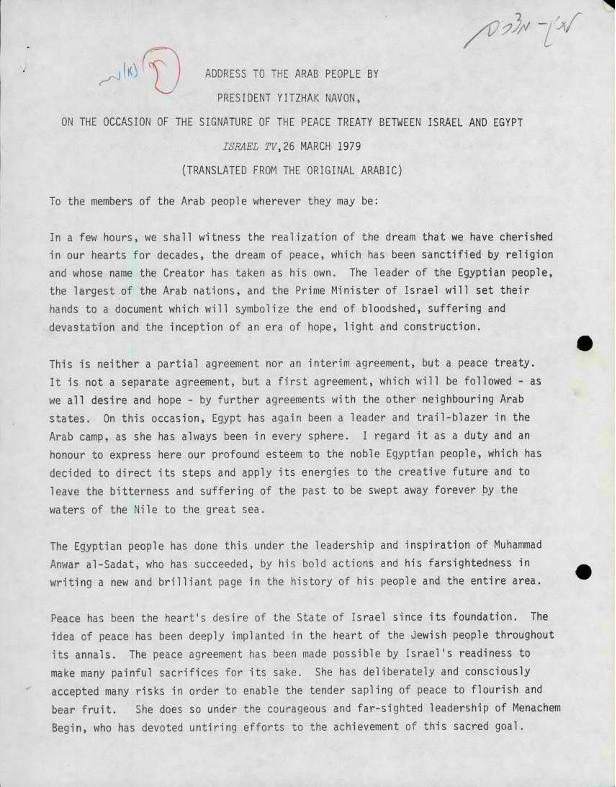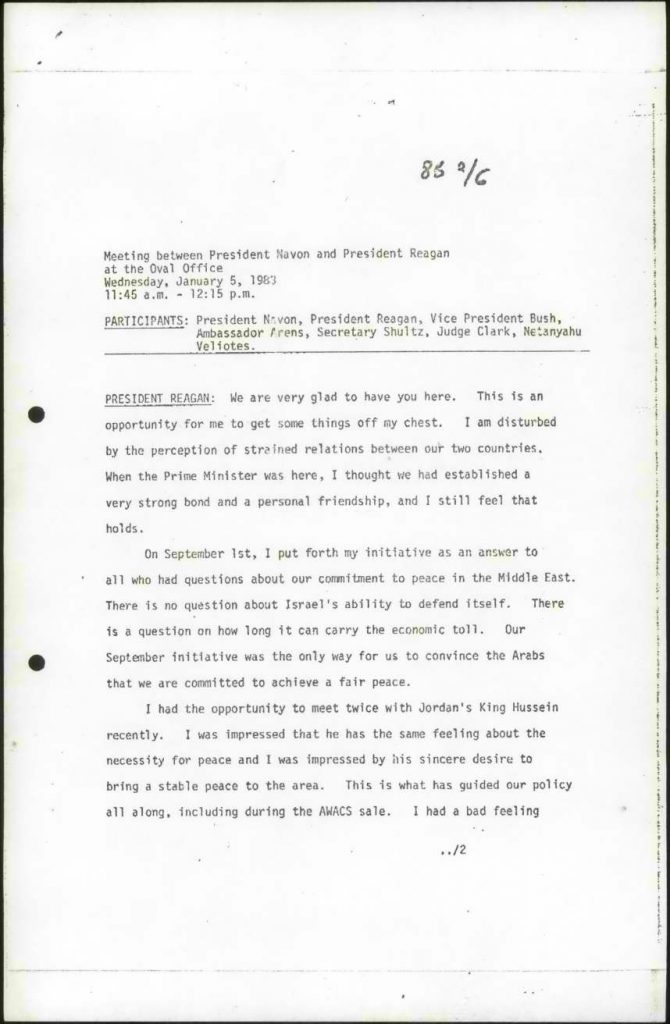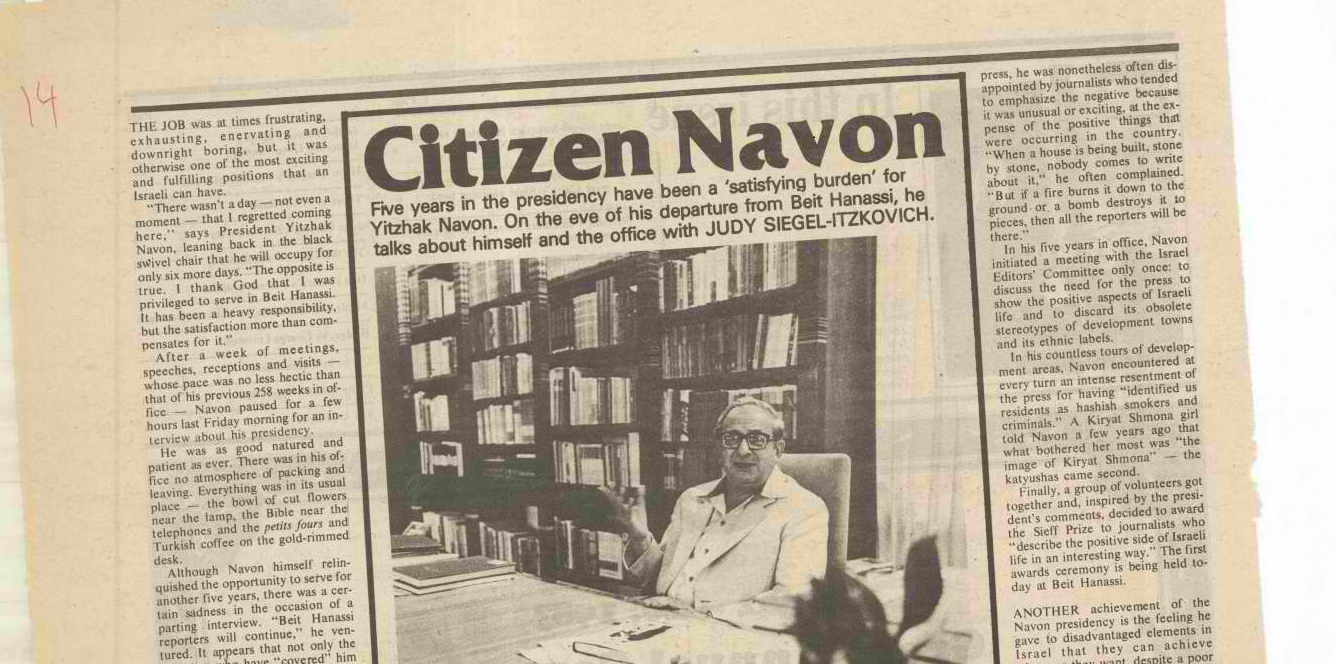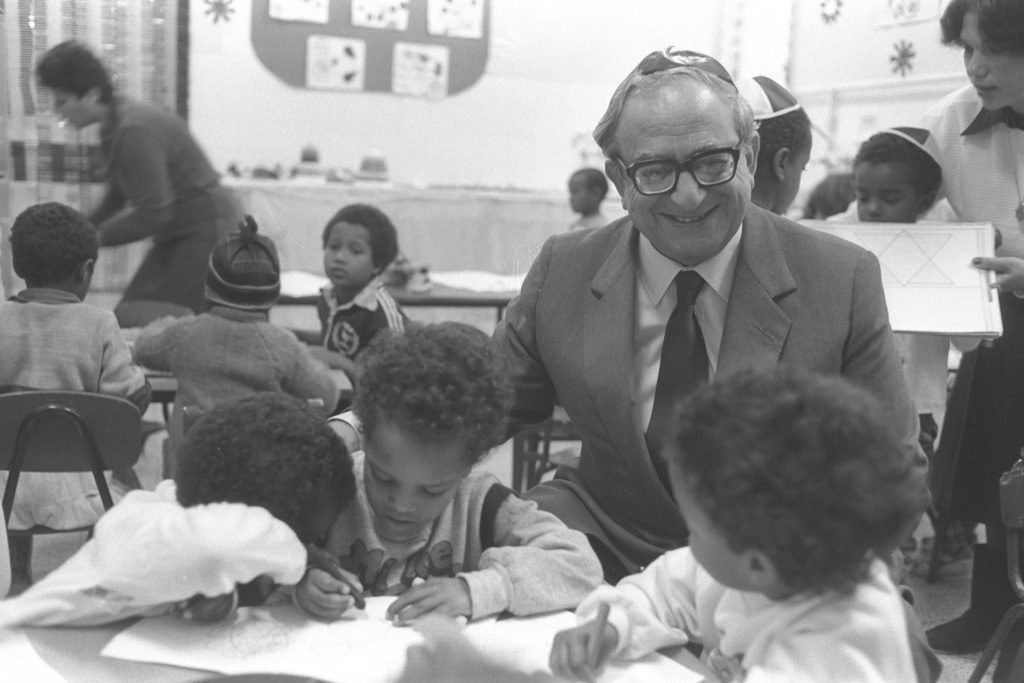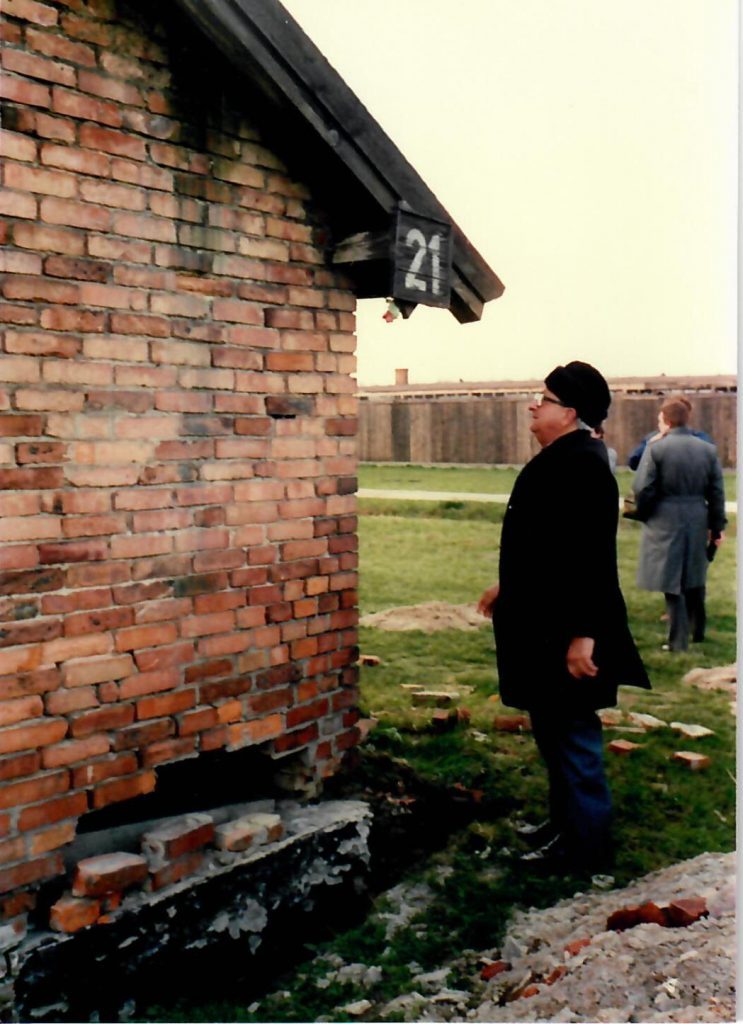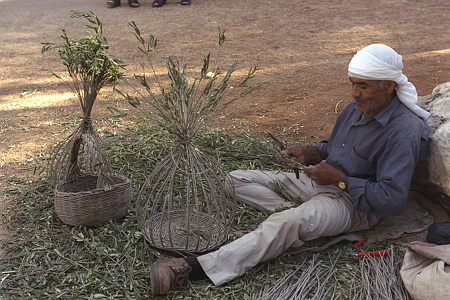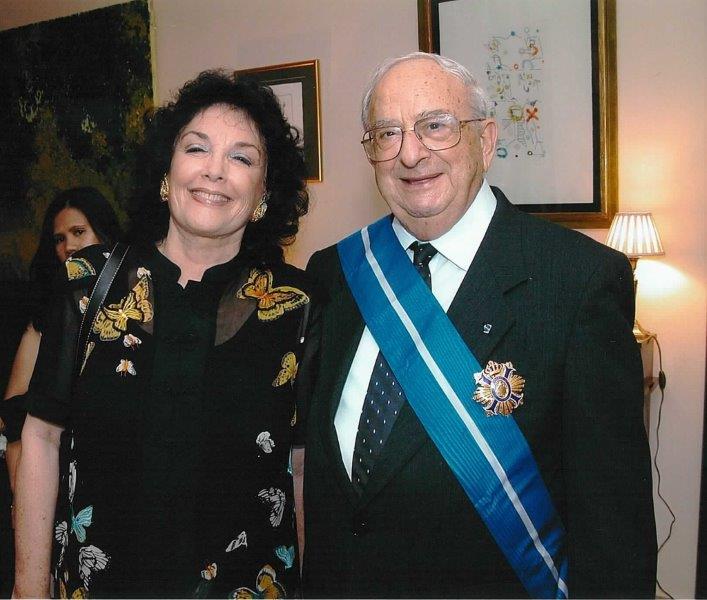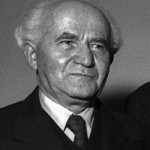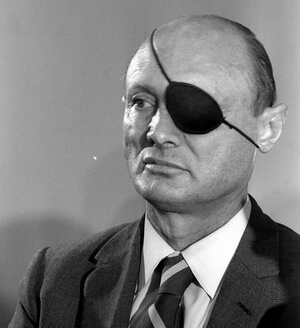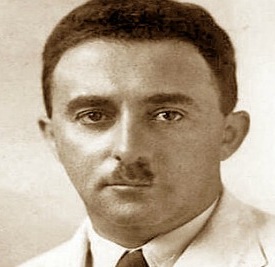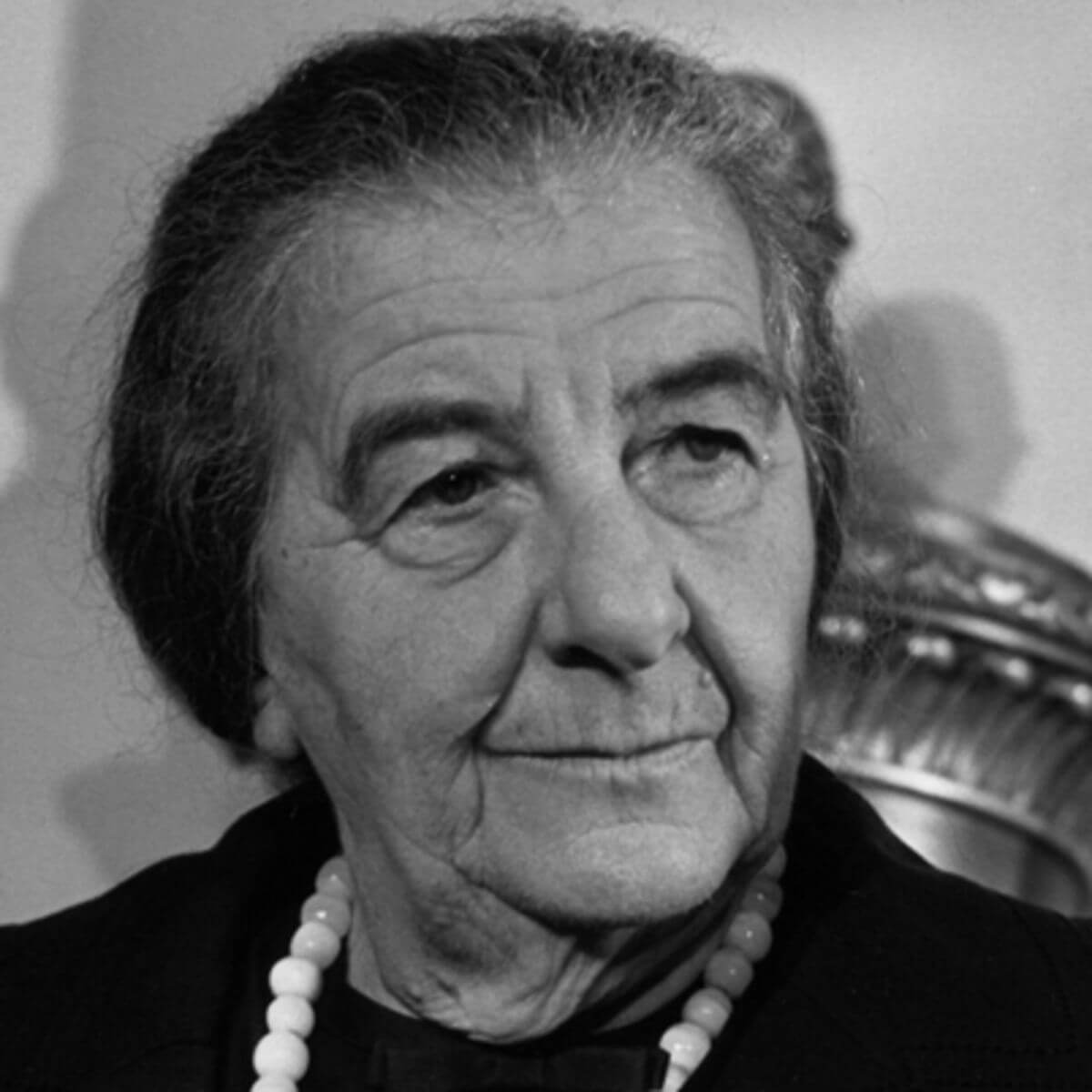א.1 | Early life and education
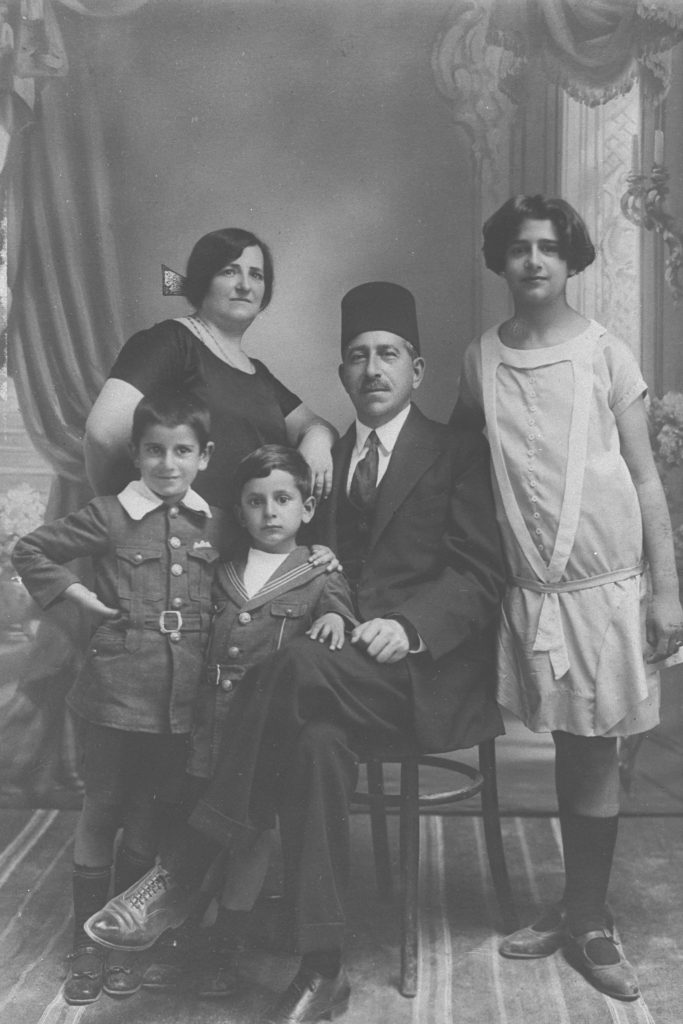
The Navon family in the 1920s. Right to left, Yitzhak Navon’s sister, Mazal, his father, Yosef, his mother, Miriam, Yitzhak, leaning on his father’s knee, and his brother Victor. Photograph: Yitzhak Navon Archive, The Association for the Commemoration of the Fifth President Yitzhak Navon
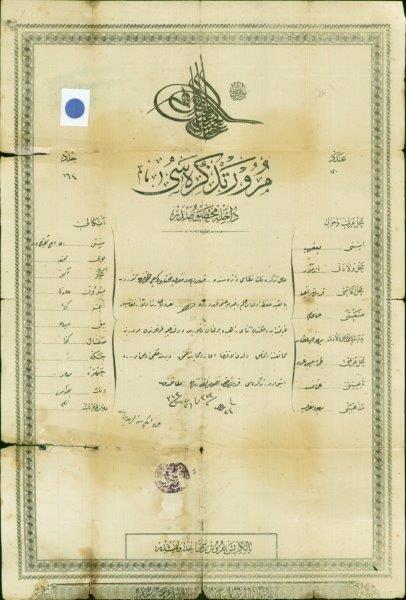
An Ottoman laisser passer held by Navon’s grandfather, Ya’acov Ben-Attar, late 19th century. Yitzhak Navon Archive, The Association for the Commemoration of the Fifth President Yitzhak Navon
9 April 1921 Yitzhak Navon is born in Jerusalem. His father, Yosef, belongs to the Navon family, Sephardic Jews who moved to Turkey after the expulsion from Spain and have lived in Jerusalem for 300 years. His mother, Miriam Ben-Attar, was born in Morocco to a family of distinguished rabbis
1924 The Navon family moves from Jaffa Road to the Ohel Moshe neighbourhood in Nahlaot
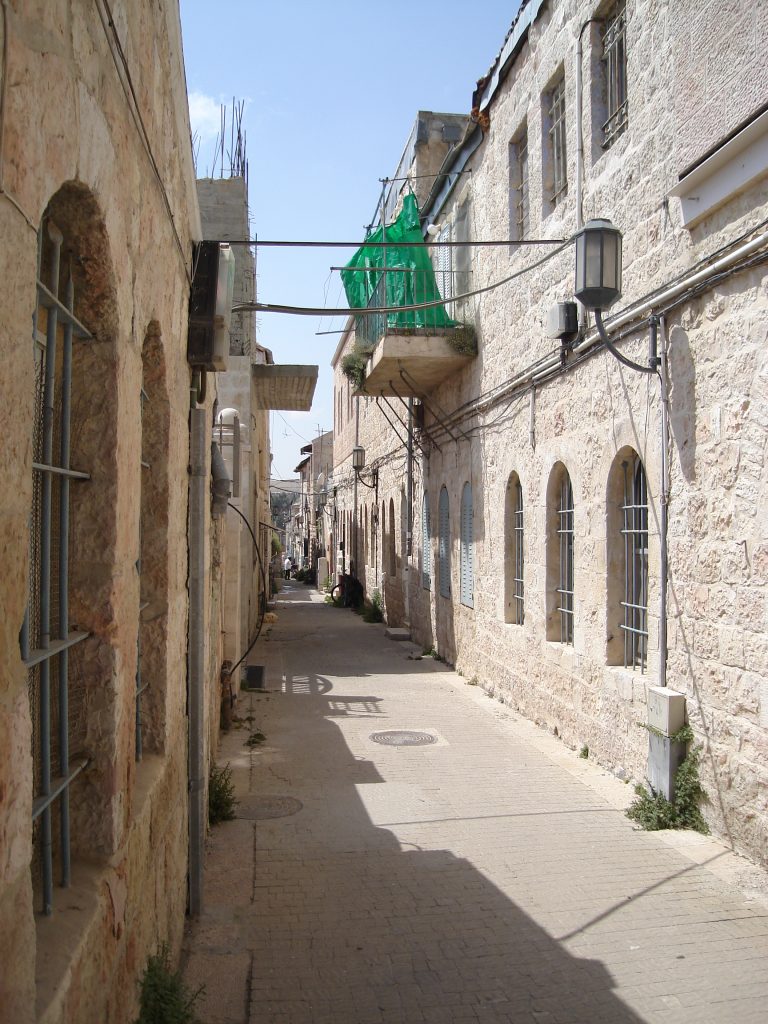
A narrow alley in Nahlaot today. Photograph: Wikimedia
1927–1934 Yitzhak Navon attends a religious school, “Doresh Zion”
1932 The Navon family moves to the Sheikh Bader neighbourhood near the western entrance to Jerusalem
1934–1935 Navon continues his studies at the Tachkemoni modern religious school
1936 The Navon family moves to Mekor Baruch on the outbreak of the Arab Revolt
1937 Navon joins the IZL underground movement
1936–1939 Studies at the modern Beit HaKerem school attached to the Hebrew University of Jerusalem
1939–1943 Studies Islamic culture, Arabic culture and literature at the Hebrew University of Jerusalem
1943 Becomes a teacher of Arabic at the Beit HaKerem school
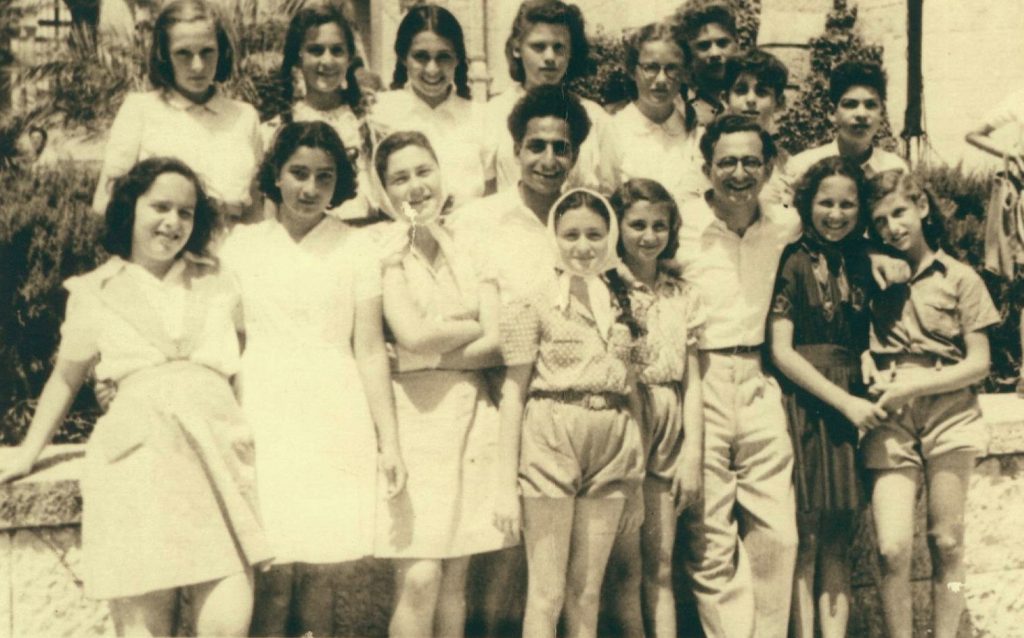
Yitzhak Navon and his students at the Beit HaKerem school, early 1940s. Photograph: Yitzhak Navon Archive, The Association for the Commemoration of the Fifth President Yitzhak Navon
1944 Publishes a prize winning short story in the weekly magazine of the Kol Israel radio station
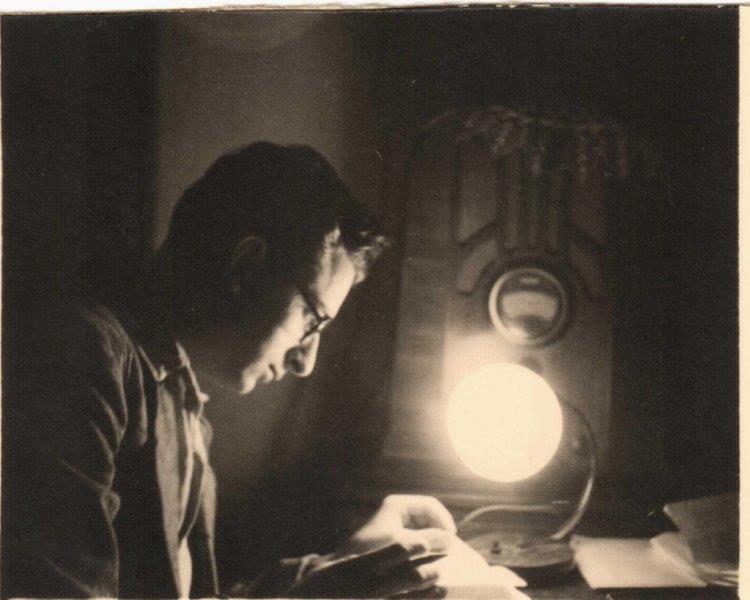
Yitzhak Navon studying by lamplight. Photograph: Yitzhak Navon Archive, The Association for the Commemoration of the Fifth President Yitzhak Navon

